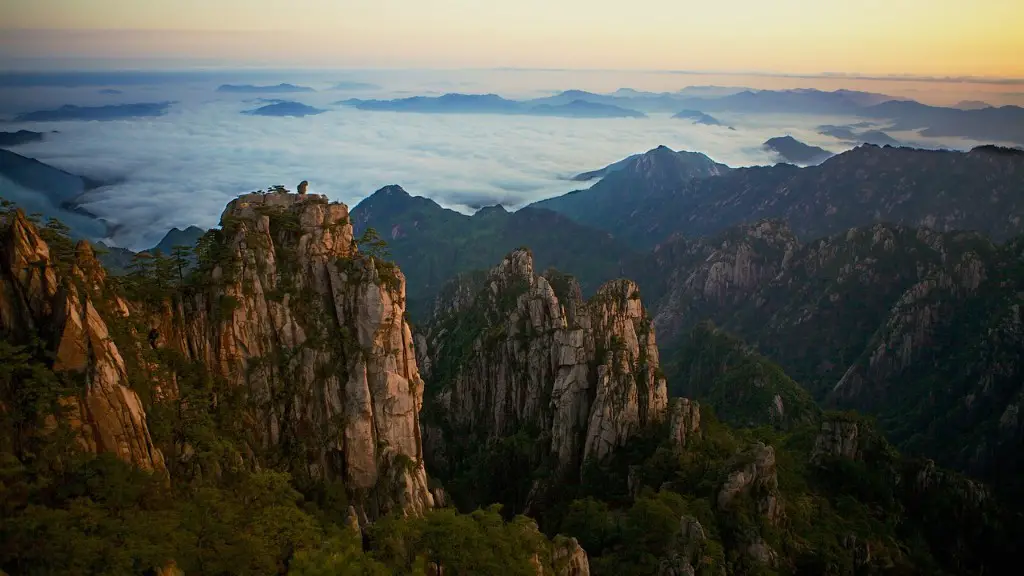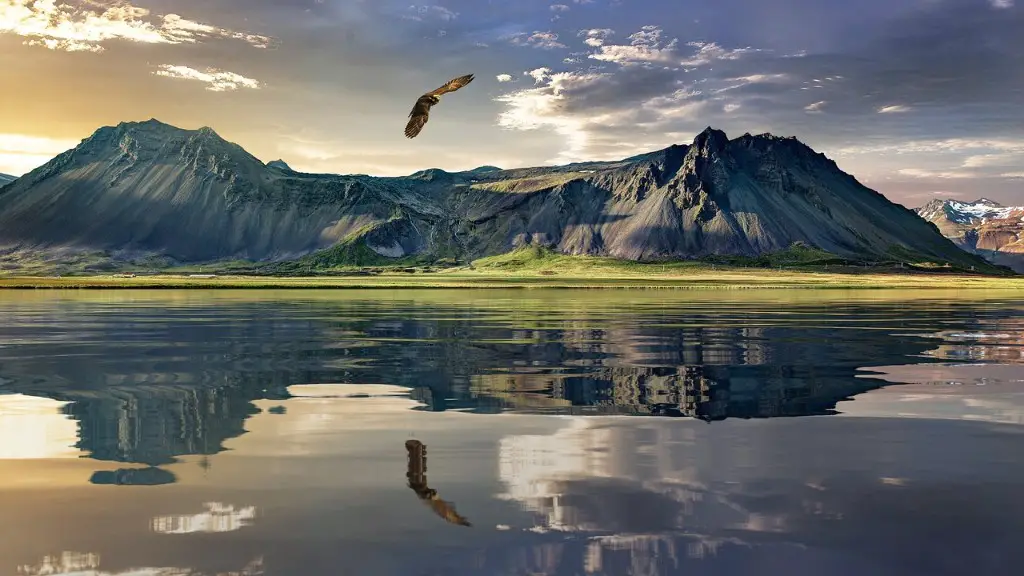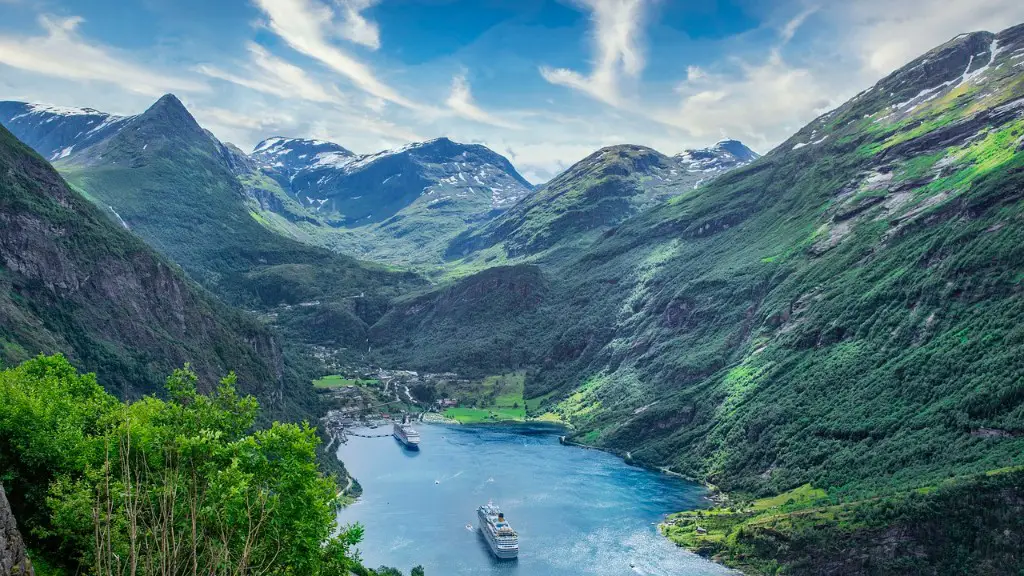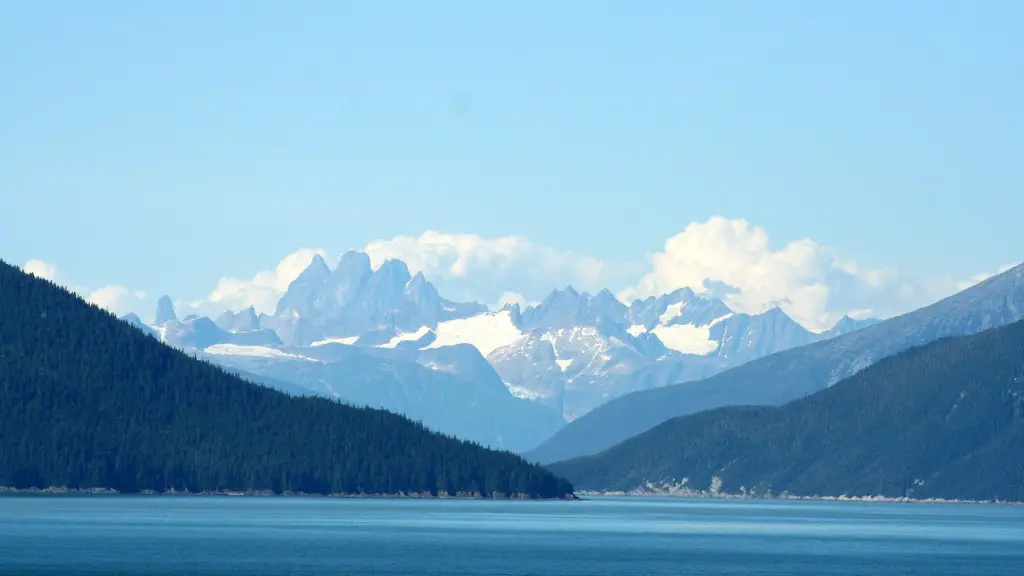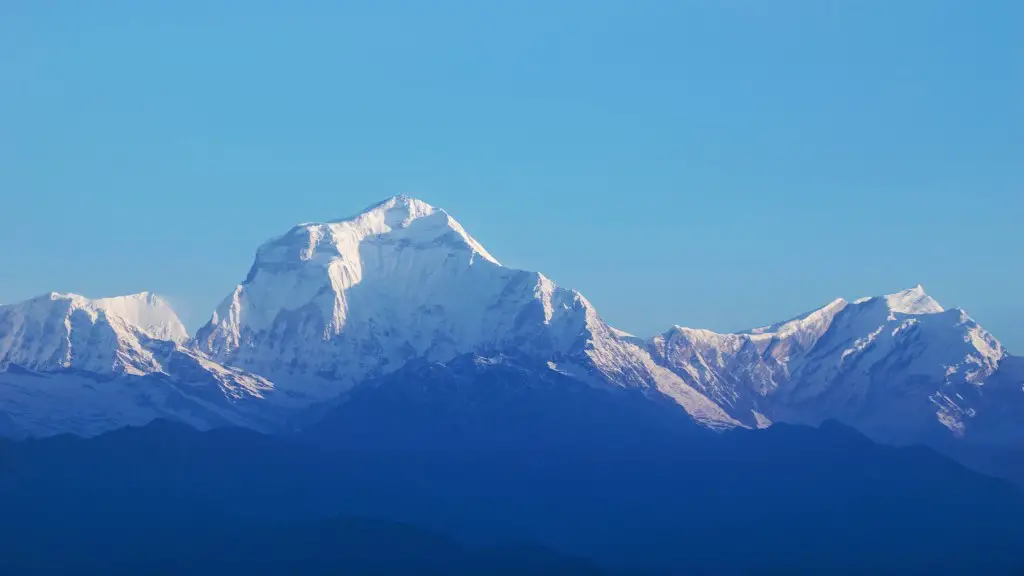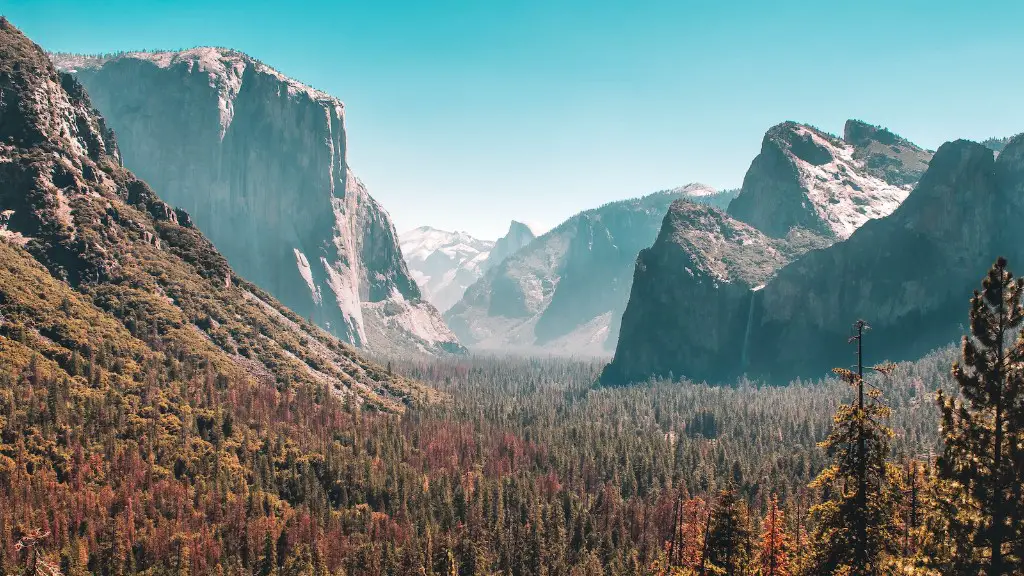The highest mountain in the world, Mount Everest, is located in the Mahalangur Himal sub-range of the Himalayas. The international border between China and Nepal runs across its summit point. Mount Everest was formed around 60 million years ago when the Indian tectonic plate collided with the Eurasian plate.
The formation of Mount Everest began around 60 million years ago when the Indian subcontinent collided with the Eurasian continent.
What caused Mt Everest to form?
Rising at the border of Tibet and Nepal, Mount Everest is the result of a tectonic collision between the Indian and Eurasian tectonic plates. This collision caused the landscape to crumple, raising mountains along a range of 1,500 miles known as the Himalaya. Everest is the highest point in this range, reaching a height of 29,029 feet.
Everest is thought to have formed about 60 million years ago as a result of the collision of the Indian and Eurasian tectonic plates. This collision caused the Indian plate to push up against the Eurasian plate, resulting in the formation of the Himalayan mountain range. Everest is the highest peak in the Himalayas, and is located in the Mahalangur Himal sub-range. It is the world’s tallest mountain, standing at 8,848 metres (29,029 feet) above sea level.
How old is Mount Everest
Scientists believe that Mount Everest is about 50 to 60 million years old. This is based on the age of the rocks that make up the mountain. The mountain itself is constantly being eroded by the elements, so its actual height changes over time. In 1856, Mount Everest was declared the world’s tallest peak.
Radanath Sikhdar was the Chief Computer of the Survey of India in about 1852. He is credited with first determining that Mount Everest was the highest mountain in the Himalayas and probably in the world.
What are the top 2 reasons for death on Mt Everest?
Avalanches, icefall, and rockfall are all major hazards on Mt. Everest. They can occur without warning and can kill climbers even if they are roped together. It is important to be aware of these hazards and be prepared to deal with them if they occur.
Mount Everest is a massive 8848 meters tall – just below the cruising height of a jumbo jet!
Everest is over 60 million years old
Mount Everest grows approximately 44 millimetres every year
Mount Everest isn’t actually the tallest mountain on the planet
Why did they add 3 feet to Mt. Everest?
The new measurement of Mount Everest’s height was taken using GPS technology and was jointly conducted by surveyors from both China and Nepal. This new measurement means the world’s tallest mountain technically reaches a bit higher into the sky than we previously thought. The measurement also stands as a de facto agreement between the two nations as to Everest’s true elevation above sea level.
The 1996 Mount Everest disaster occurred on 10–11 May 1996 when eight climbers caught in a blizzard died on Mount Everest while attempting to descend from the summit. The summit of Mount Everest is the highest point on Earth at 8,848 metres (29,029 ft) above sea level. It is located in the Mahalangur Himal sub-range of the Himalayas.
How cold is it at the top of Everest
The temperature at the top of Mount Everest is the coldest from mid-December to late January, when the average temperature is around -37°C (-35°F). Similarly, the average temperature at Everest Base Camp during the winter season is around -17°C (14°F).
Mount Everest is not a volcano. It was produced from a tectonic collision between the Indian and Eurasian tectonic plates tens of millions of years ago.
Do you age faster on Mount Everest?
At high altitudes, there is less oxygen available for our cells to use. This lack of oxygen leads to an increase in the production of nitric oxide and ROS, which are known to accelerate aging. Studies have shown that living at high altitudes can decrease life expectancy and increase the death rate. These effects are likely due to the increased production of nitric oxide and ROS.
The 8,000 m point is considered to be the “lethal zone” because it is the height at which the atmospheric pressure is so low that human beings cannot survive. The concept was first conceived in 1953 by Edouard Wyss-Dunant, a Swiss doctor.
Who really owns Mount Everest
Everest is the highest mountain peak in the world, located in the Mahalangur Himal sub-range of the Himalayas. The international border between China and Nepal runs across the precise summit point. Political negotiations in the late 1990s resulted in Nepal and China agreeing on joint management of the mountain, with both countries recognising each other’s sovereignty. In practice, however, management of the mountain is difficult due to the remoteness of the region and the lack of infrastructure.
The Everest is a horse race that was first run in 2017. It is a Special Conditions class race, which means that it is not yet eligible for Group race status. With prize money of $15 million, it is the richest race in Australia and the richest turf race in the world. The winner of the 2017 race was Redzel, who was trained by Peter & Paul Snowden and owned by the Triple Crown syndicate.
Why is it called Everest?
The peak was named after British surveyor George Everest in 1856. The story goes that in 1852 Radhanath Sikhdar, a mathematician working for the Great Trigonometrical Survey of India, discovered what he thought was the highest summit in the world. However, it was later determined that Mount Everest, as it is now known, is actually the highest peak in the world.
When people die on Everest, their bodies are often difficult to remove. Final repatriation costs can be tens of thousands of dollars, and in some cases, around $70,000. Additionally, the process of returning a body to its home can often be fatal itself: two Nepalese climbers died while trying to recover a body from Everest in 1984.
What is the biggest killer on Mount Everest
Acute mountain sickness is a serious condition that can occur when climbers attempt to ascend to high altitudes too quickly. This year, it is believed that most of the fatalities on Everest were due to AMS, exhaustion, or both. AMS occurs when the body is unable to take in enough oxygen, and can lead to symptoms like nausea and vomiting, headaches, dizziness, and shortness of breath. If not treated quickly, it can be fatal. If you are planning to climb Everest or any other high peak, it is important to be aware of the risks of AMS and to ascend slowly and carefully to give your body time to adjust to the altitude.
Since its first recorded ascent in 1953, Mount Everest has been the site of many tragedies. The top three causes of death on the mountain are avalanches, falls, and mountain sickness.
Avalanches are the leading cause of death on Everest, accounting for about one third of all fatalities. The most recent avalanche tragedy occurred in 2014, when 16 Sherpas were killed in an avalanche on the Nepalese side of the mountain. In 2015, another avalanche on the Tibetan side of Everest killed at least 19 people, including several experienced guides.
Falls are the second leading cause of death on Everest. Most falls occur during descent, when climbers are exhausted and concentration is reduced. A fall can also be triggered by an avalanche or other factors.
Mountain sickness, which is caused by altitude sickness, is the third leading cause of death on Everest. Symptoms of mountain sickness include headache, nausea, vomiting, shortness of breath, and fatigue. In severe cases, mountain sickness can lead to brain or lung edema, which can be fatal.
Warp Up
The formation of Mount Everest began about 60 million years ago when the Indian Subcontinent collided with the Eurasian continent.
The formation of Mount Everest began around 60 million years ago when the Indian Plate collided with the Eurasian Plate.
